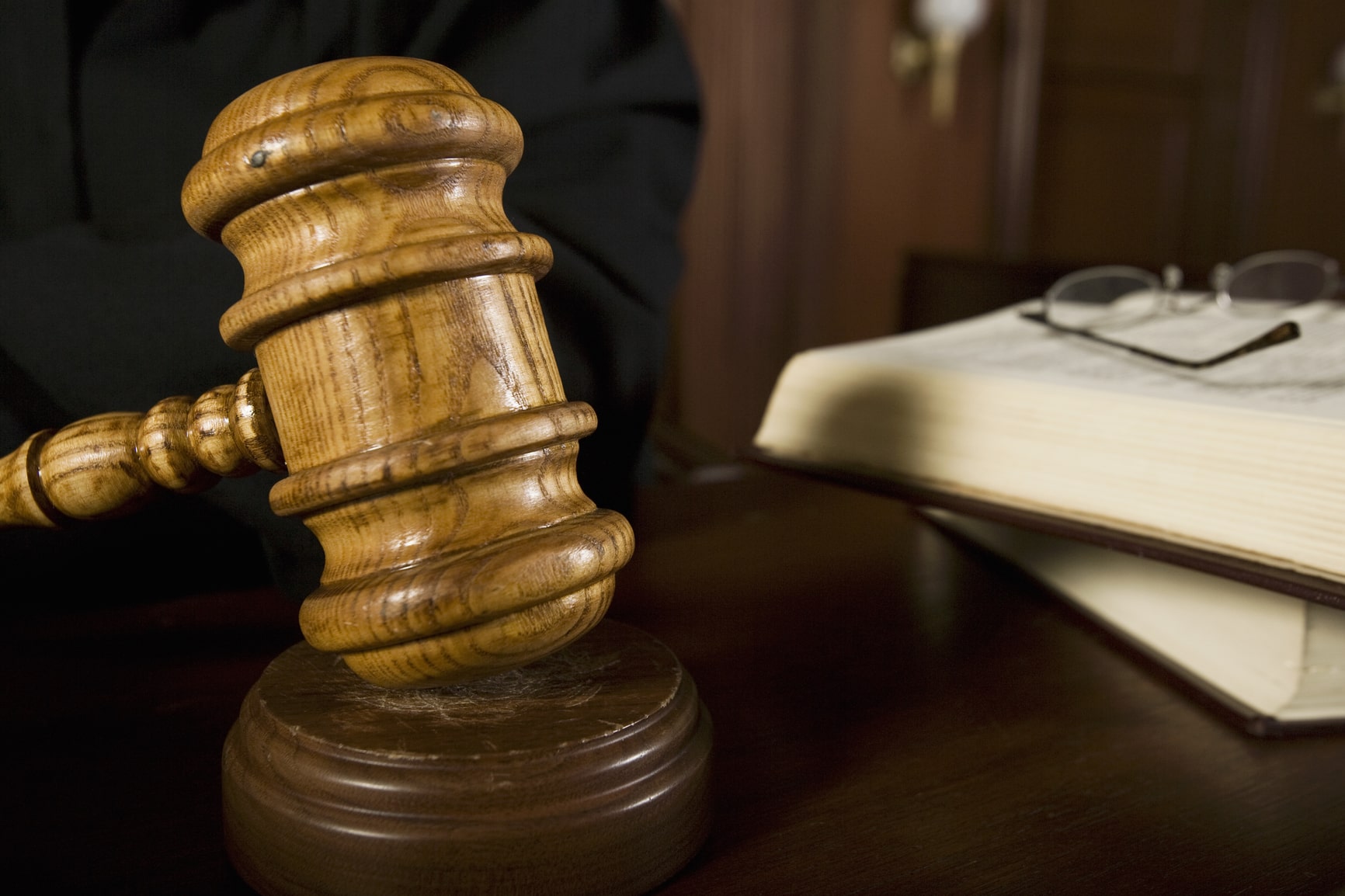What Is An “Open And Obvious” Defense To Your Injury Case?
The “open and obvious” defense is a legal argument used in tort cases, particularly in the context of premises liability. Premises liability involves cases where an individual is injured on another person’s property, and the property owner may be held liable for the injuries under certain circumstances.
The open and obvious defense is based on the premise that a property owner should not be held responsible for injuries if the dangerous condition on the property was open and obvious to a reasonable person. In other words, if a hazard is easily visible and should be apparent to anyone exercising reasonable care, the property owner may argue that they should not be held liable for any injuries resulting from that obvious hazard.
What Are The Key Elements Of This Defense?
Key elements of the open and obvious defense include:
- Visibility: The hazard or dangerous condition must be easily visible and apparent to a person of ordinary intelligence. If the danger is obvious, the property owner may argue that individuals should have taken steps to avoid it.
- Common Sense: The defense often relies on the idea that individuals should use their common sense and take reasonable precautions to avoid obvious hazards.
- Reasonable Care: The property owner may assert that they had no duty to warn or protect against a danger that was open and obvious, as individuals are expected to exercise reasonable care for their own safety.
A lawyer, like a premises liability lawyer, knows it’s important to note that the application of the open and obvious defense can vary depending on the jurisdiction and the specific facts of the case. In some situations, even if a hazard is considered open and obvious, there may be exceptions. For example, if the property owner created the hazardous condition or if there were other factors that made it difficult for individuals to avoid the danger, the defense may not apply.
The Benefit Of An Eye Witness
When the defendant invokes the “open and obvious” defense in a premises liability claim, having an eyewitness can be a valuable asset for the plaintiff. Such witnesses can play a crucial role in strengthening the plaintiff’s case in several ways.
First, an eyewitness can provide firsthand accounts of the incident, offering a detailed description of the circumstances leading to the injury. They can testify about the condition of the premises, the nature of the hazard, and any factors that may have affected visibility or awareness. This testimony can help demonstrate that what appeared “open and obvious” to the defendant may not have been so to the victim due to various circumstances.
Additionally, eyewitnesses can provide objective perspectives that challenge the defendant’s assertion that the danger was readily apparent. They can testify to factors such as distractions, poor lighting, or obstacles that might have hindered the plaintiff’s ability to notice the hazard. By presenting an alternative view of the situation, an eyewitness can help establish that the defendant’s open and obvious defense is not as straightforward as claimed, potentially strengthening the plaintiff’s premises liability claim and increasing the chances of a favorable outcome.
Find Legal Help For Your Claim
Our friends at Kiefer & Kiefer encourage individuals who are injured on another person’s property and are considering legal action should consult with an attorney to assess the specific circumstances of their case, including the potential application of the open and obvious defense. Schedule a consultation with your local law office today.

